Vincent Kneefel: Giants of the Caribbean
At 9:45 PM, Tuesday 20 April 2010, a methane gas bubble from an oil well deep under the Gulf of Mexico collided with a drilling rig, igniting and engulfing the platform, and killing eleven people on board. Following the explosion and sinking of the Deepwater Horizon platform, an oil gusher on the sea floor leaked oil for 87 days until it was finally capped on 15 July 2010. It is estimated that a total of 750 million liters of crude oil and 225,000 tons of methane leaked into the Gulf of Mexico, making it the biggest oil spill in U.S. history.
Today, five years after the disaster, only approximately 25 percent of the spilled oil has been recovered, leaving more than 550 million liters in the Gulf of Mexico. The spill has already affected 25,000 kilometers of coastline, including the coasts of Texas, Louisiana, Mississippi, Alabama, and Florida, and oil continues to wash up on beaches and marshes, damaging critical habitat and wildlife. Despite the vast damage incurred, the amount of drilling has increased significantly in the Gulf of Mexico since the spill in 2010 and there are currently over 4,000 active oil rigs, increasing the likelihood of yet another spill in the near future. The possibility of more oil leaking into the ocean is not the only problem. Burning the same fossil fuels that are being extracted in the Gulf of Mexico is causing climate change and ocean acidification, making life in the ocean even more challenging for already threatened species and weakened ecosystems.
“The next 10 years are probably the most important of the next 10,000 years, so everyone should listen up.” Sylvia Earle.
The Caribbean Sea is unique because of its diversity of megafauna species. It is one of the top five hotspots in the world for marine biodiversity. Vincent Kneefel wanted to find those animals that are most at risk from the effects of oil spills, ocean acidification, overfishing and habitat destruction, and come eye-to-eye with them in their natural habitat to capture their beauty and intimate portraits. Over the course of 4 years, between 2011 and 2015, Vincent made 10 trips to 7 different countries. These keystone species play a unique and crucial role in the way the ocean functions. Each is iconic in its own way and has called the Caribbean its home for thousands or even millions of years (e.g. Leatherback sea turtles have been around for over 150 million years).
“The greatest threat to our Planet is the belief that someone else will save it.” Robert Swan.
To learn more about Vincent’s work please visit his website.
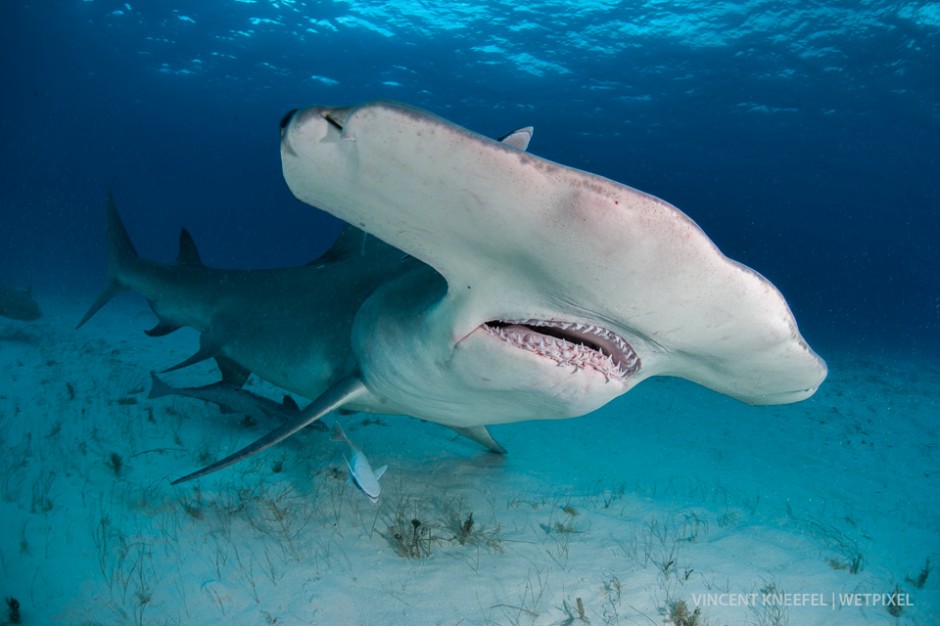
Great hammerhead shark (Sphyrna mokarran).
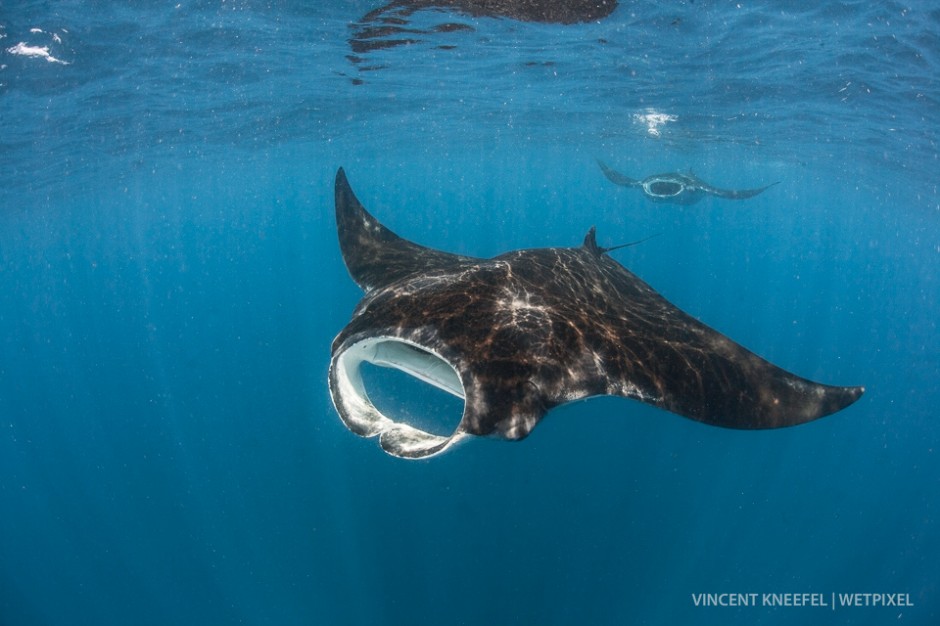
Oceanic manta ray (Manta birostris)
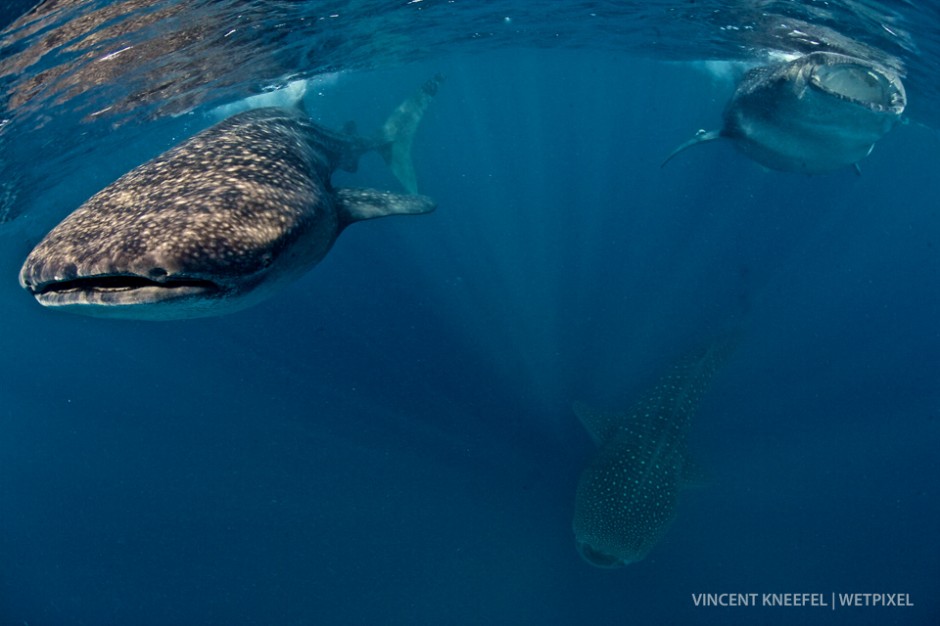
Whale sharks (Rhincodon typus), Isla Mujeres, Mexico.
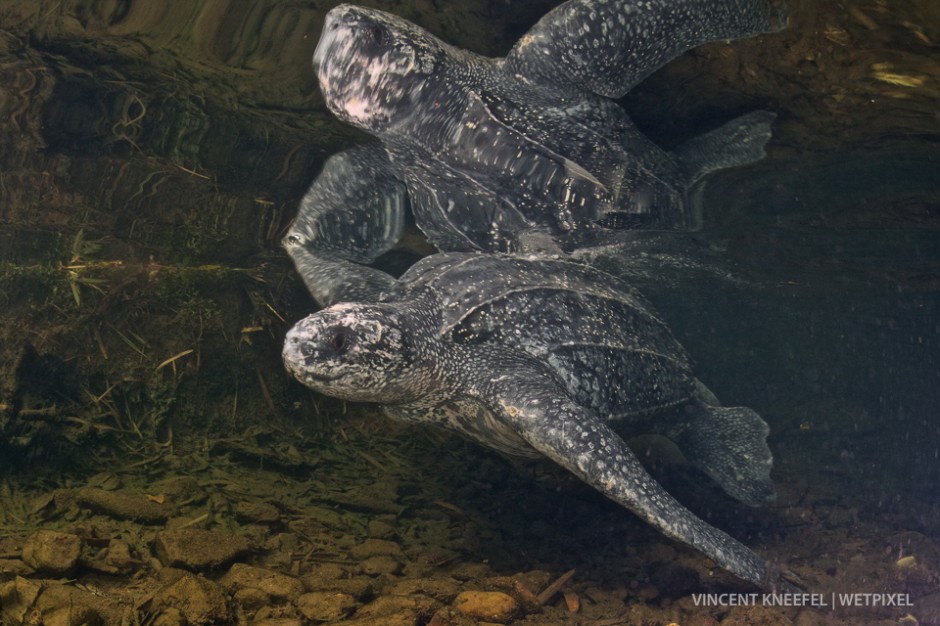
Leatherback turtle (Dermochelys coriacea).
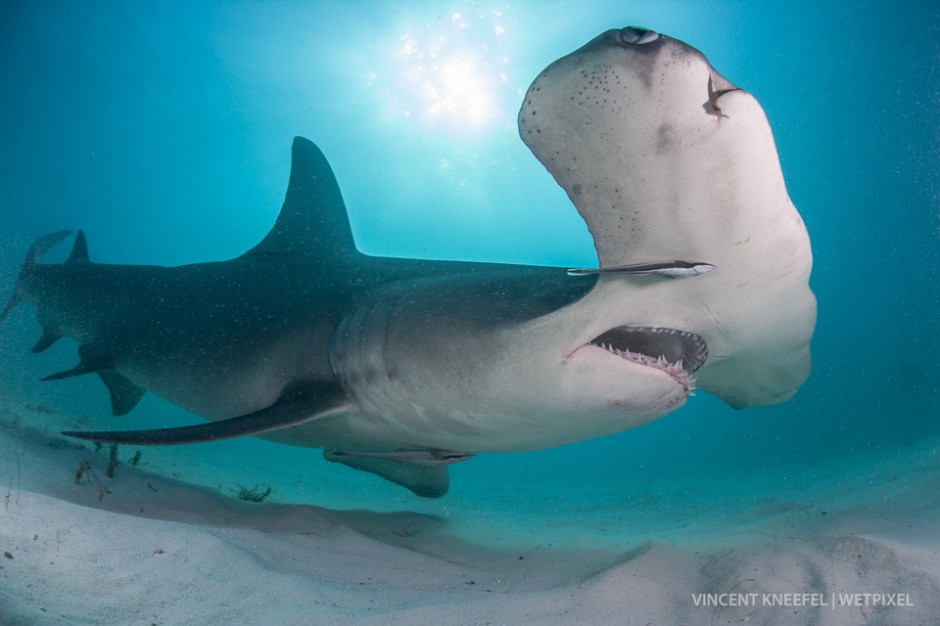
Great hammerhead shark (Sphyrna mokarran).
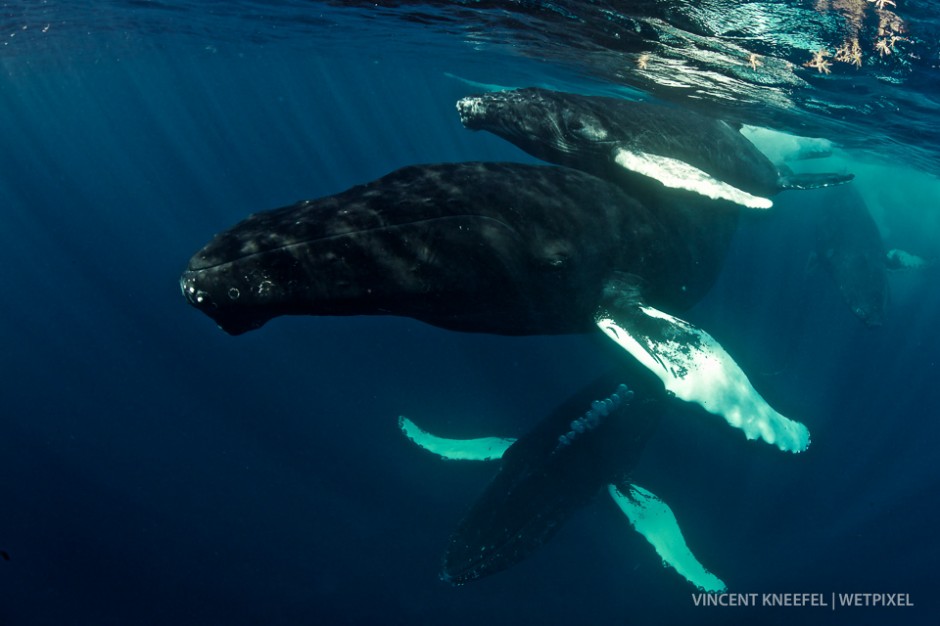
Humpback whale (Megaptera novaeangliae).
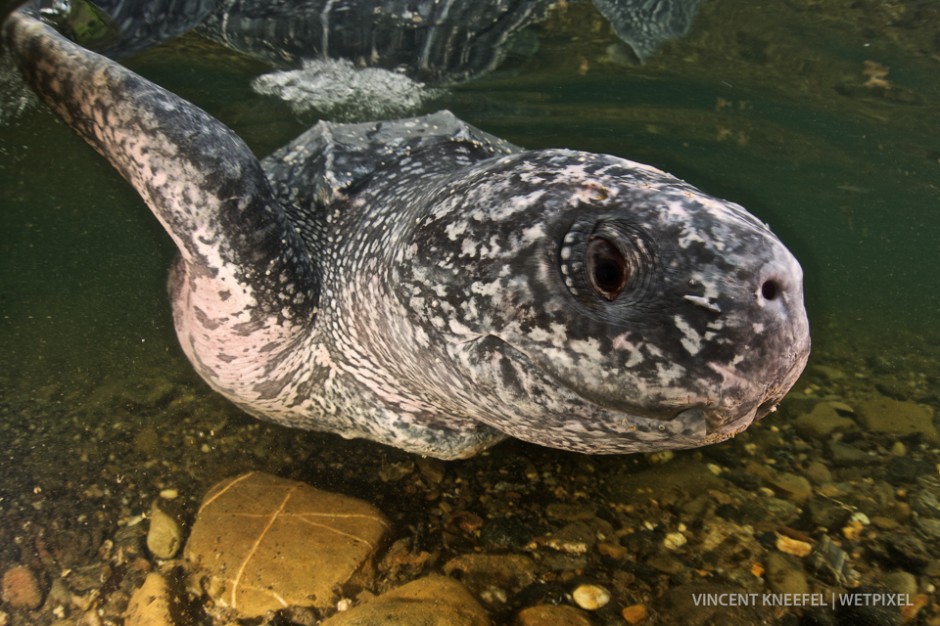
Leatherback turtle (Dermochelys coriacea).
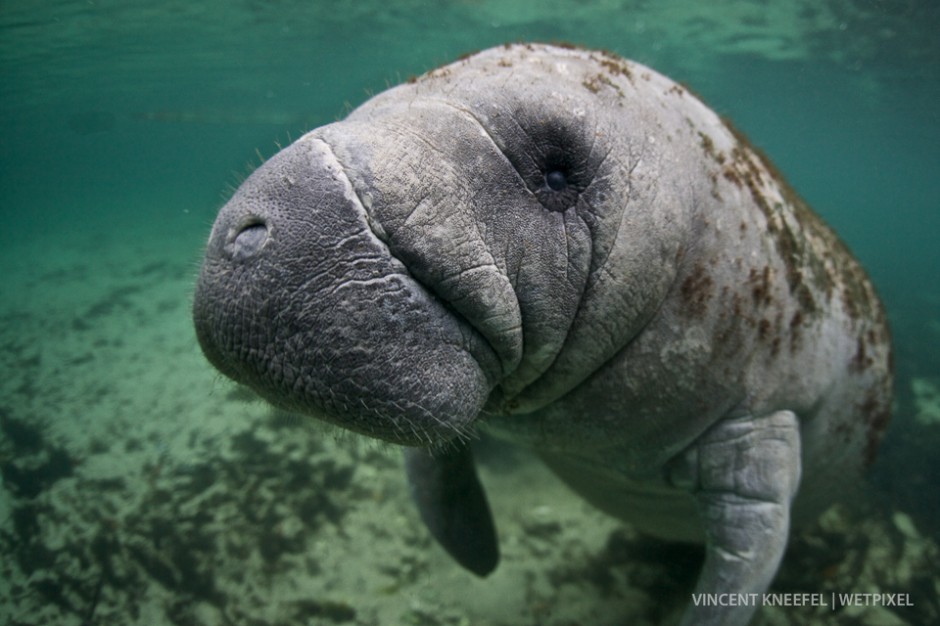
Manatee (Trichechus manatus), Florida
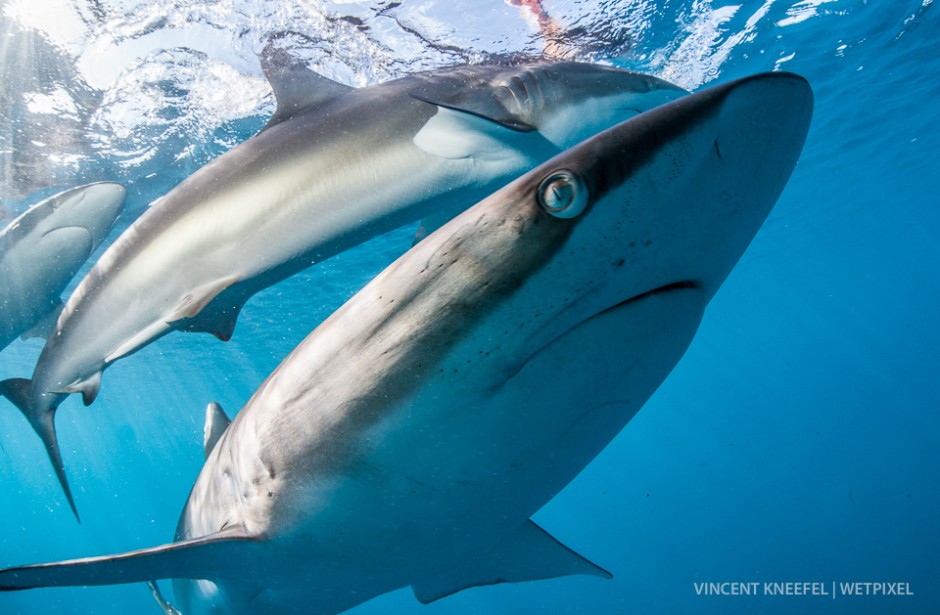
Silky shark (Carcharhinus falciformis).
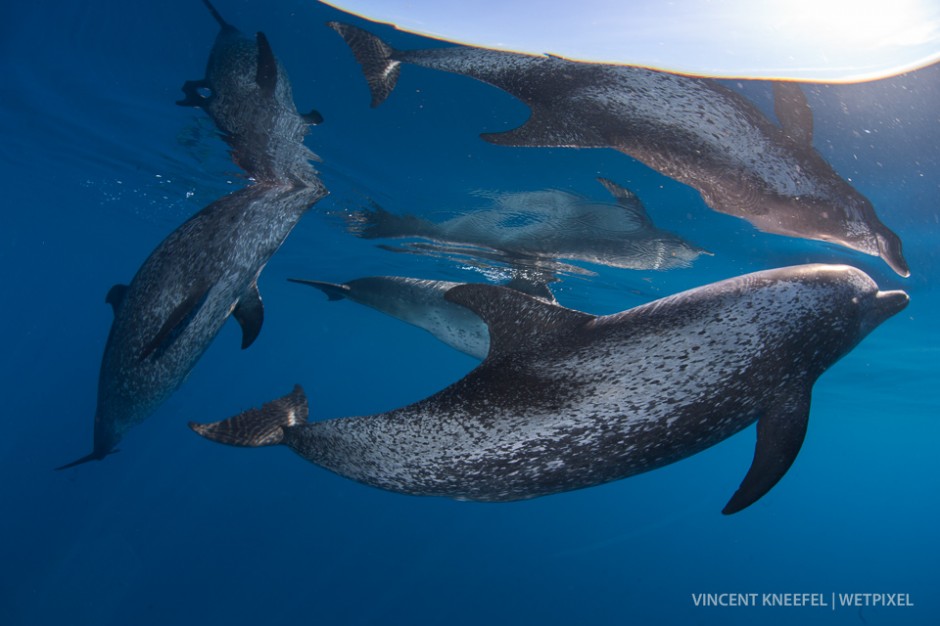
Spotted dolphins (Stenella attenuata).
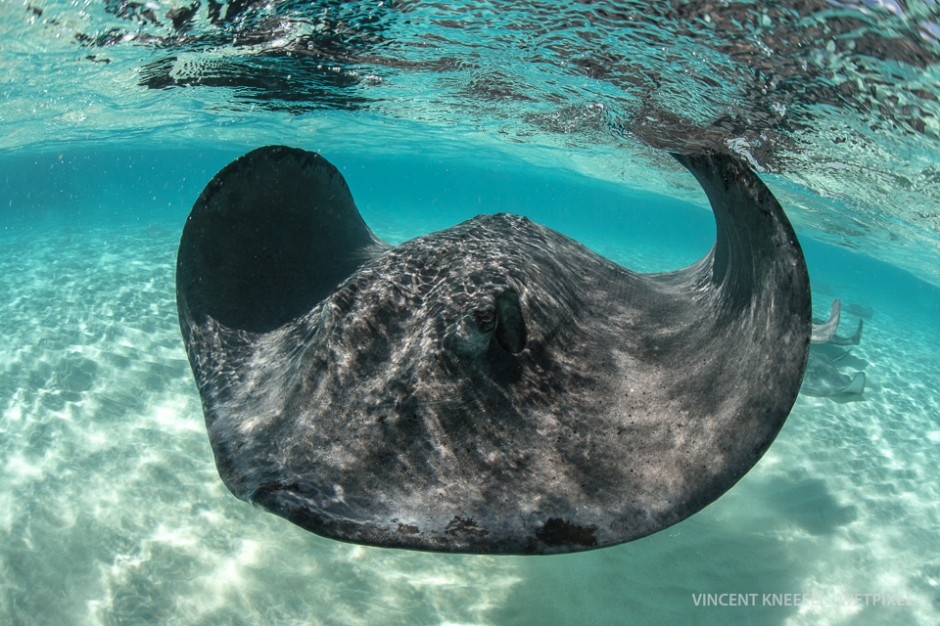
Southern stingray (Dasyatis americana), Cayman Islands.
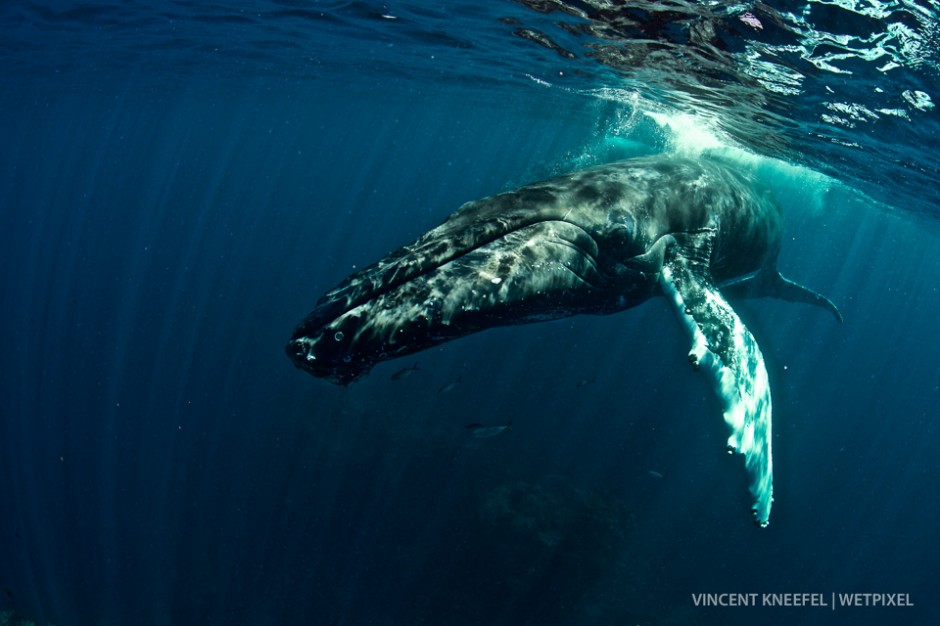
Humpback whale (Megaptera novaeangliae).
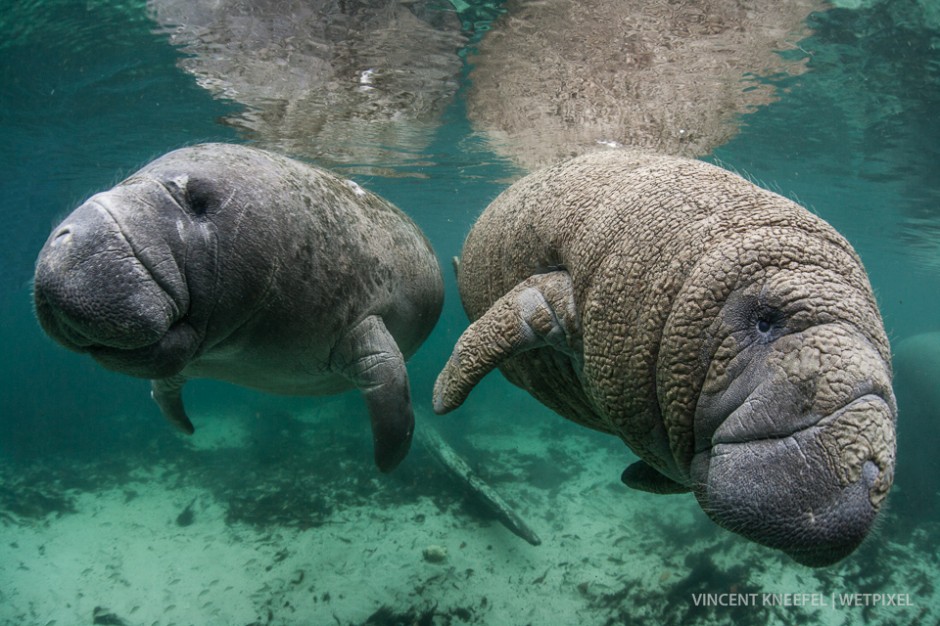
Manatees (Trichechus manatus), Florida
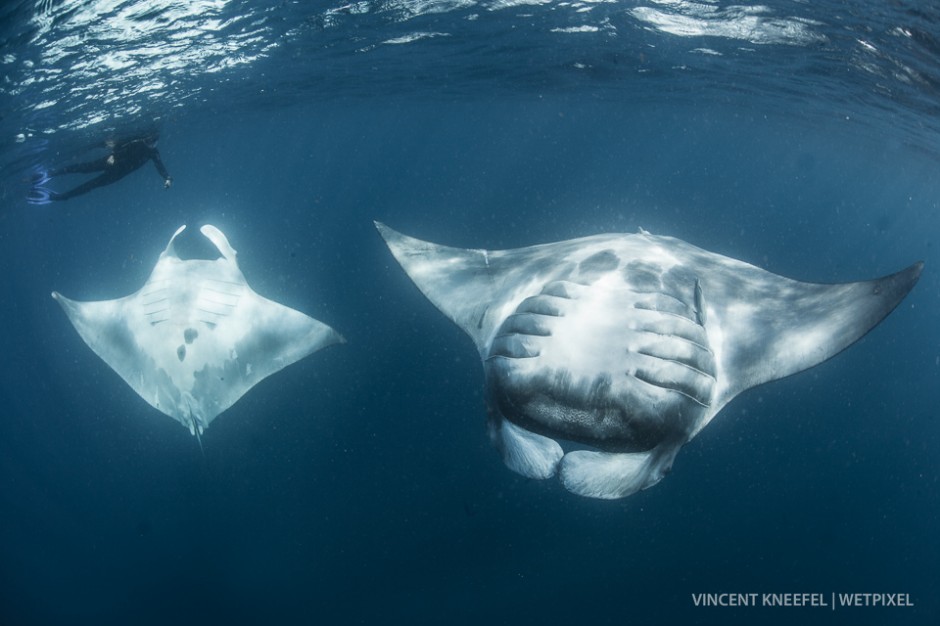
Oceanic manta ray (Manta birostris) in feeding loops in the plankton layer.
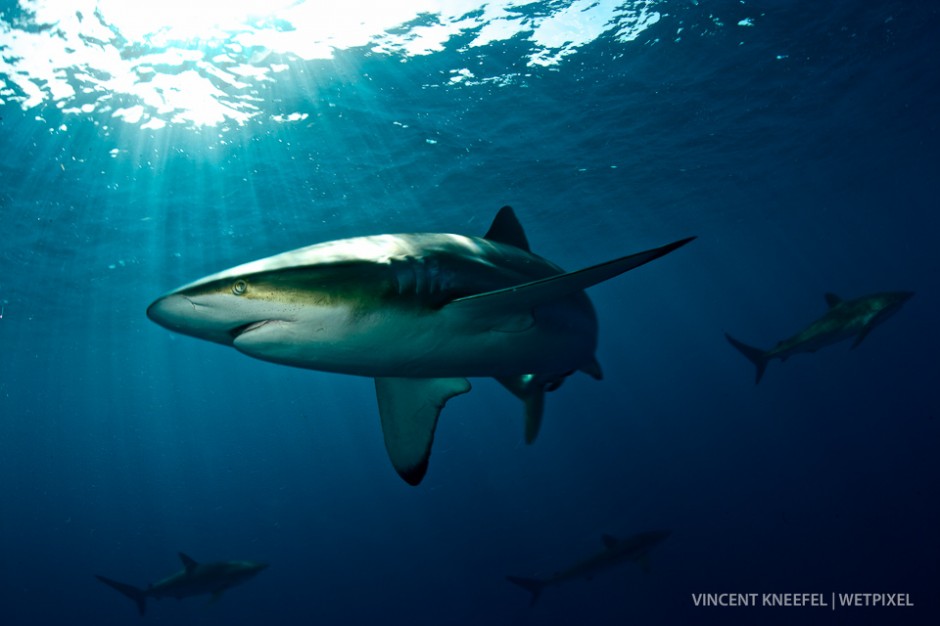
Oceanic sivertip shark (Carcharhinus albimarginatus), Cuba.
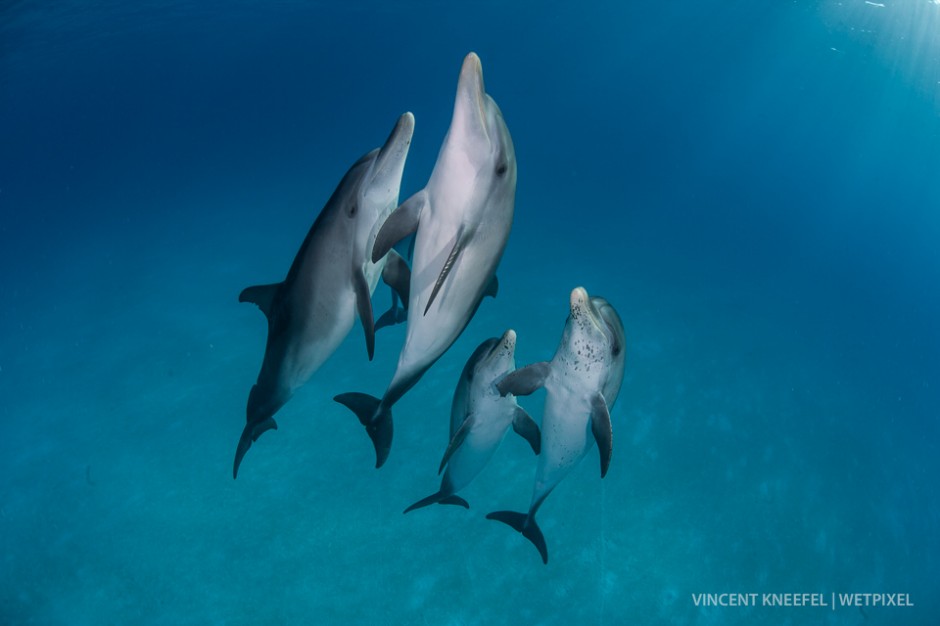
Spotted dolphins (Stenella attenuata).
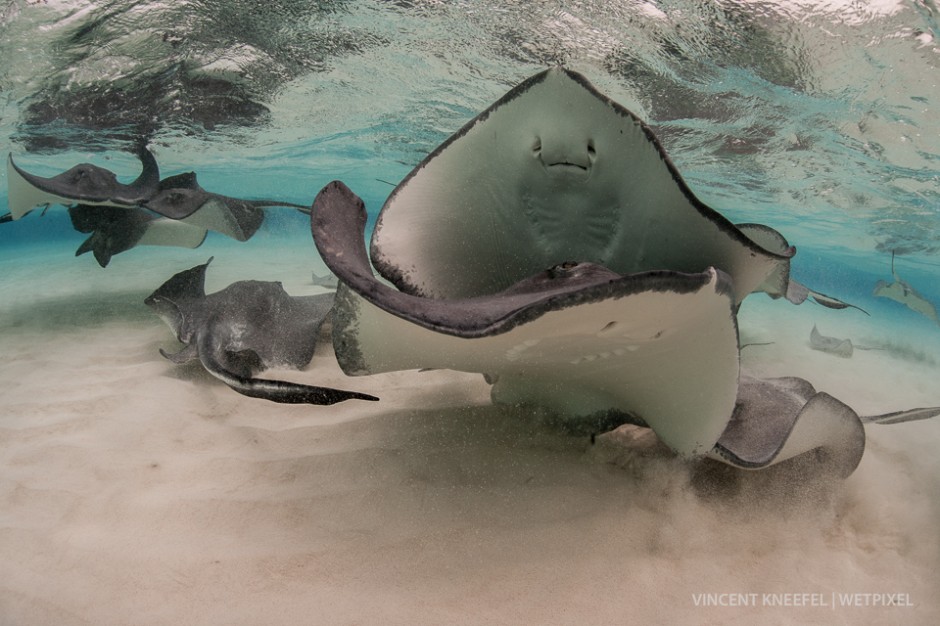
Southern stingrays (Dasyatis americana), Cayman Islands.
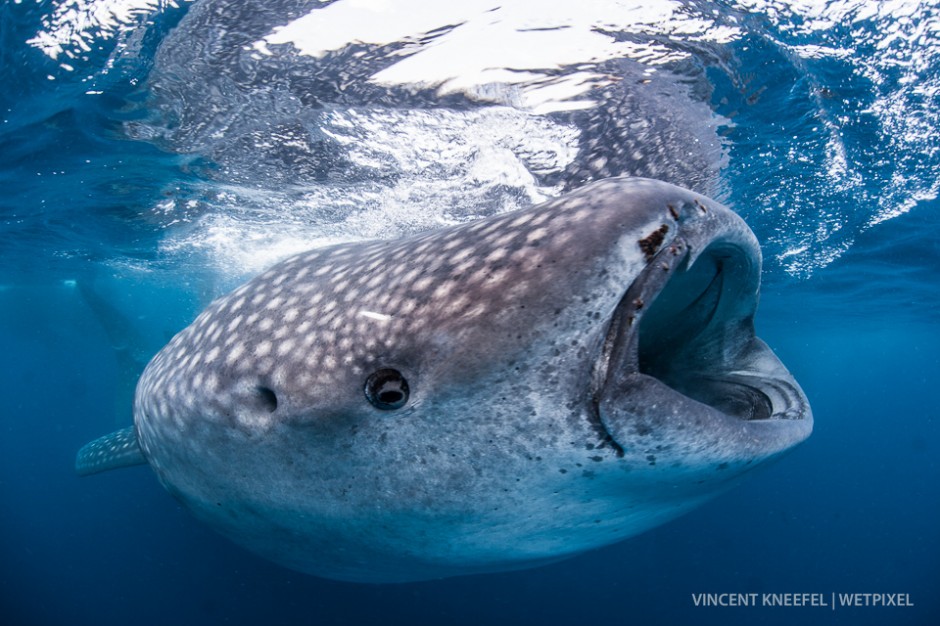
Whale shark (Rhincodon typus), Isla Mujeres, Mexico.